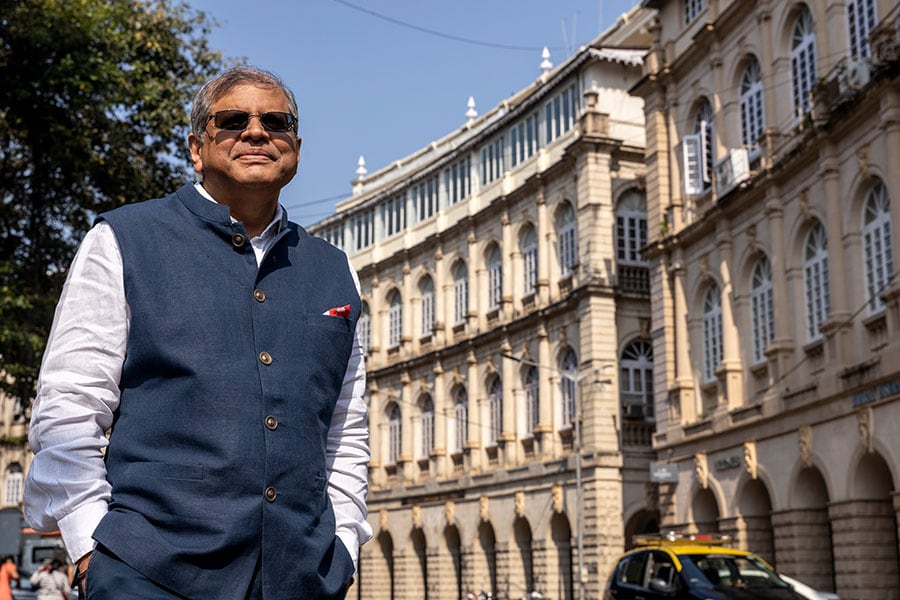
'Better to make a slow, well-informed start': Amit Chandra on the social stock exchange
The chairperson of Bain Capital India on how the platform can enable Indians to help support social development directly, why it is important to get investors to see value in it, and how there's a long way to go
 Amit Chandra, Chairperson, Bain Capital India and co-founder of the ATE Chandra Foundation
Image: Mexy Xavier
Amit Chandra, Chairperson, Bain Capital India and co-founder of the ATE Chandra Foundation
Image: Mexy Xavier
Minister of Finance Nirmala Sitharaman announced the creation of a social stock exchange (SSE) in the July 2019 Budget. The electronic platform would use capital markets for social impact by facilitating listings of non-profit organisations and social enterprises on the bourses to attract investors.
In September 2019, the Securities and Exchange Board of India (Sebi) created a working group to advise it on how to go about building an SSE. Among the members of this group was Amit Chandra, chairperson, Bain Capital India. The co-founder of the ATE Chandra Foundation—who, along with his spouse Archana, donated Rs24 crore of his personal wealth to philanthropy in 2022, as per the EdelGive-Hurun India Philanthropy List—has since been using his time and resources to advocate for and help the regulator build a robust SSE in India.
As India’s SSE inches closer to its first listing of non-profits, Chandra speaks to Forbes India over email about how a successful launch is just one part of the story and how, in the long run, the platform will need donors and investors to see value and to come forward to encourage it as a way of channelising money for social good. Edited excerpts:
Q. What kind of investors does India's SSE want to attract? Are these investors showing interest?








